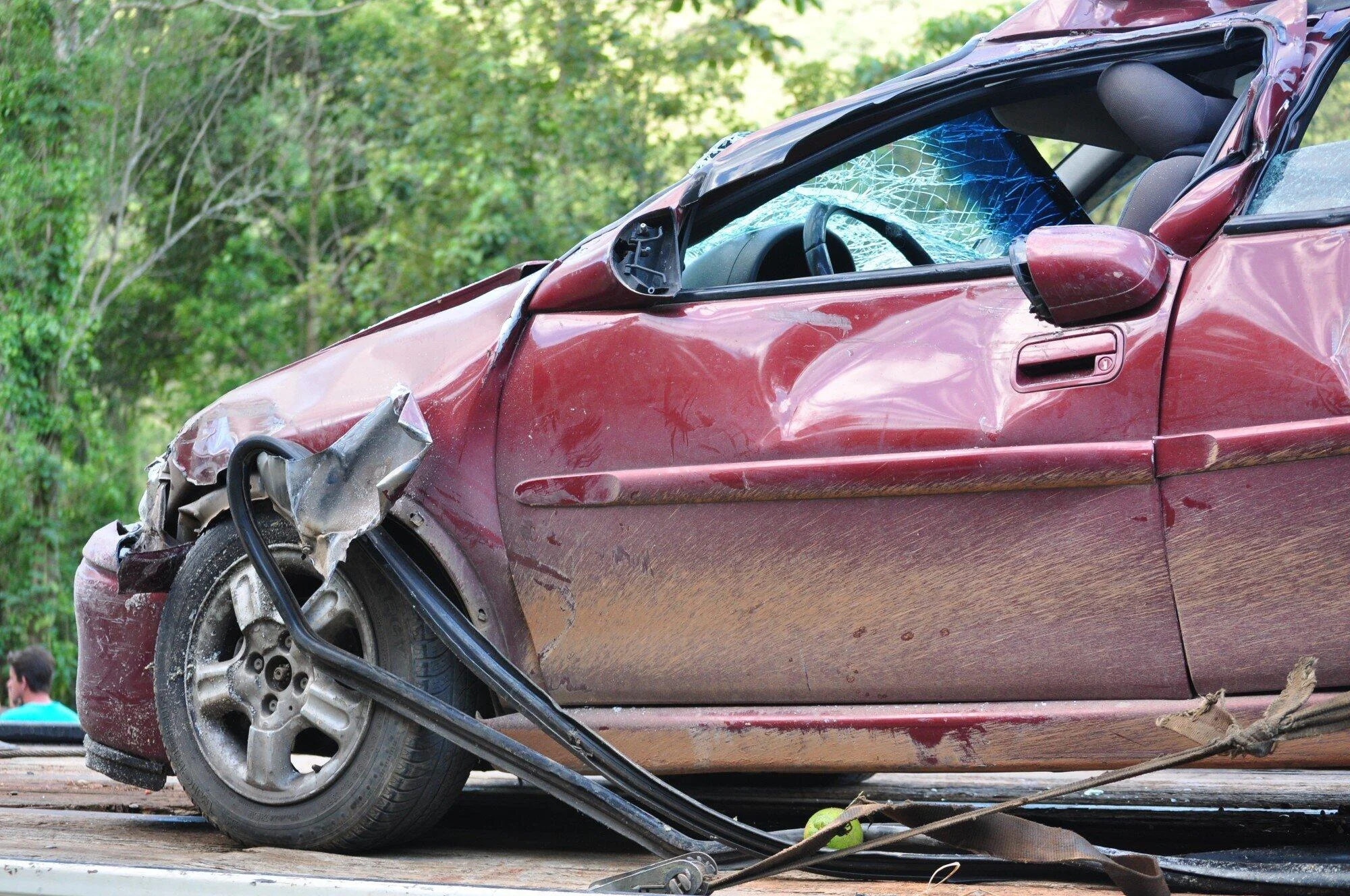Have you ever wondered what it takes to prove negligence in a car crash lawsuit? If you or a loved one have been involved in an accident, understanding your rights is crucial.
This guide will walk you through the essential steps to establish negligence and build a strong case. Whether you are considering legal action or simply want to know your options, this article is here to help.
Let’s explore the key elements that can make or break personal injury claims.
Duty of Care
In the context of a car crash lawsuit, the duty of care refers to the legal obligation that drivers have to operate their vehicles safely. Each driver must follow traffic laws and exercise reasonable caution to prevent accidents. Failing to uphold this duty can be considered negligence in car accidents.
To prove that a driver breached their duty of care, you must show that their actions contributed to the crash. This can include actions such as speeding, driving under the influence, or ignoring traffic signals.
Breach of Duty
A breach of duty occurs when a driver fails to meet the standard of care expected on the road. This can happen through reckless driving, such as excessive speeding or distracted driving. When a driver acts in a way that compromises safety, they may be found negligent.
To establish a breach of duty in your case, you need to provide evidence of the driver’s actions that led to the accident. This evidence is crucial in demonstrating that their actions were not in line with what a reasonable driver would do.
Causation
Causation is an important element in proving negligence in a car crash lawsuit. You must demonstrate that the driver’s breach of duty directly caused the accident and any resulting injuries. This involves showing that, if the driver had acted differently, the crash would not have occurred.
To establish causation, you will need evidence linking the driver’s actions to the accident. This can include witness statements, police reports, or expert testimony.
Damages
Damages refer to the losses you suffer as a result of the car crash. This may include medical expenses, property damage, lost wages, and emotional distress. To receive compensation, you must clearly outline and document these damages in your claim.
It is important to gather evidence that supports your claims for damages. This can involve collecting medical records, invoices, and any other relevant documentation.
Gather Evidence
Gathering evidence is essential in proving negligence in a car crash lawsuit. You need to collect any documents, photographs, or records that relate to the accident. This evidence will support your claims and demonstrate the driver’s breach of duty.
Start by obtaining the police report and any witness statements. Additionally, keep records of your medical treatments and expenses linked to the accident. If the report indicates a violation or relevant details, car accident reports and legalities will bolster your case.
Unlock the Secrets of Winning Your Car Crash Lawsuit With Proven Negligence Strategies
Proving negligence in a car crash lawsuit can be challenging, but it is achievable with the right approach. Focus on the elements of duty of care, breach of duty, causation, and damages. Gather strong evidence to support your claims, as this will be vital for your case.
Remember, understanding your rights and responsibilities is essential. If you face difficulties, seek professional legal help. This can make a significant difference in the outcome of your situation.
Did you learn something new from this article? If so, be sure to check out our blog for more educational content.

Doris Pollard, a mesmerizing wordsmith and experienced blogger, crafts narratives that carry readers into unexplored realms. Infused with insightful perspectives and vibrant storytelling, Doris’s mastery of language captivates both hearts and minds, making an enduring impression on the literary landscape.

